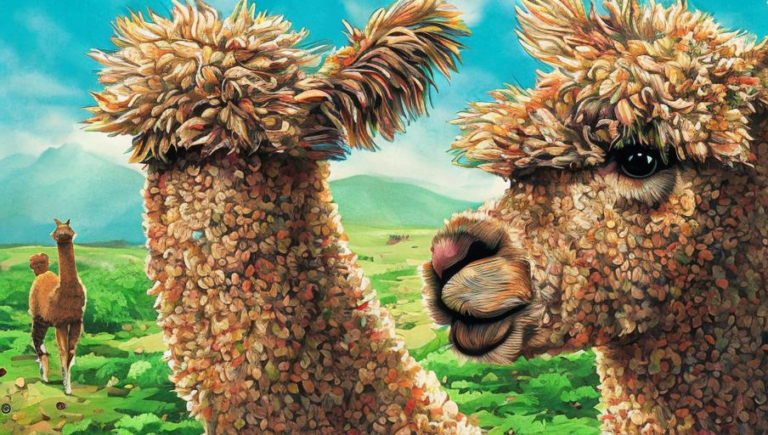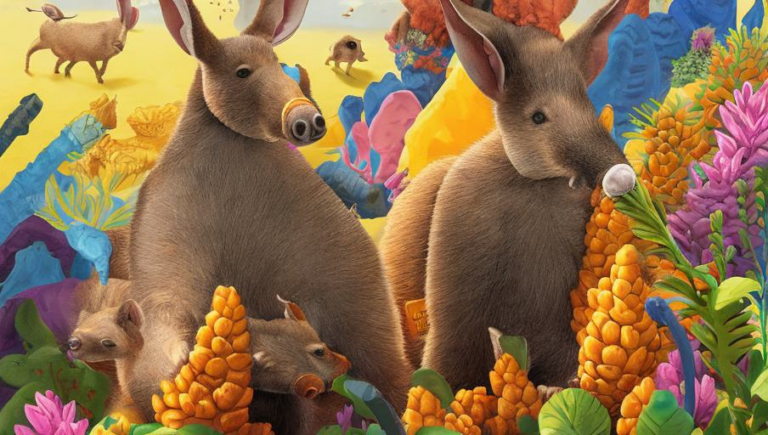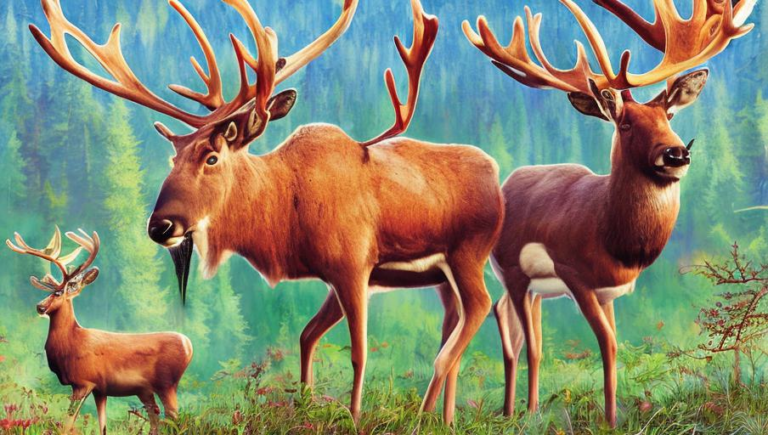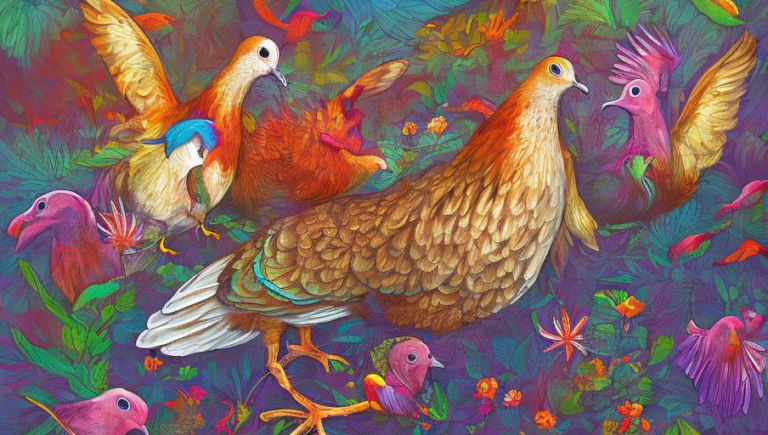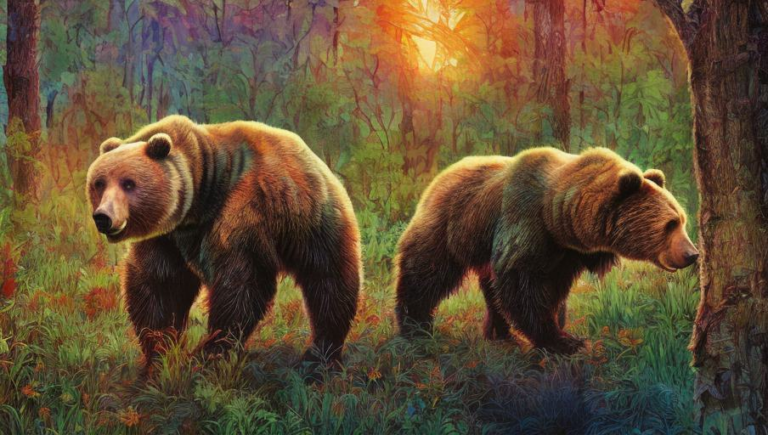A Study of the Bison’s Diet and Habits
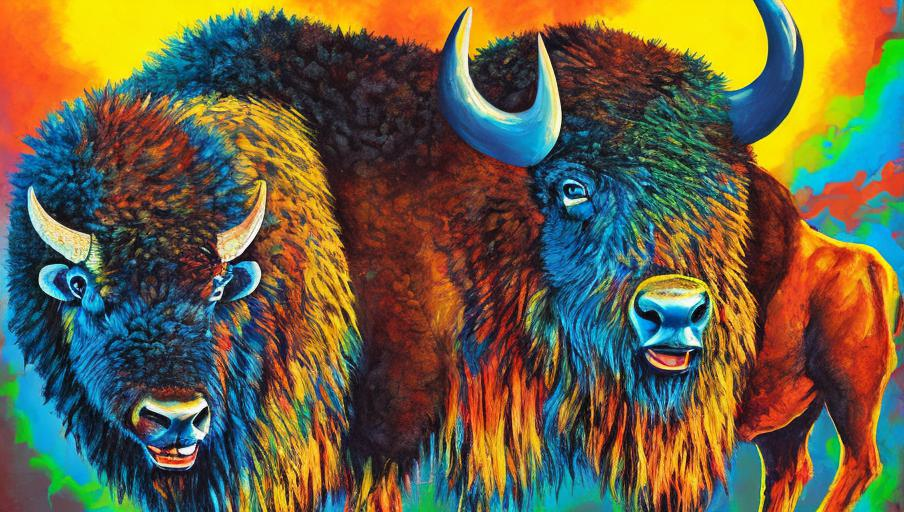
What is a Bison?
A bison is a large, shaggy-haired mammal that inhabits grasslands, woodlands, and mountain meadows across the United States and Canada. Bison are the largest land mammal in North America and are the national mammal of the United States.
Bison’s Diet
Bison are herbivores, meaning they feed on plants such as grasses, sedges, herbs, and shrubs. They prefer to graze in open meadows and grasslands, but they can also be found in woodlands, especially during the winter months.
Bison’s Eating Habits
Bison typically eat for 8-10 hours a day, grazing for most of the day and resting for short periods of time. During the summer months, bison feed heavily in the mornings and evenings, and take breaks during the hottest part of the day. In the winter, bison reduce their grazing time and spend more time in woodlands and forests.
Nutritional Value of Bison’s Diet
Bison’s diet is high in protein and provides essential vitamins and minerals. Bison graze on a variety of plants, but their diet is predominantly composed of grasses, sedges, and herbs. The nutritional content of the plants that bison eat varies depending on the season, as well as the region in which they live.
Bison’s Habitat
Bison are found in grasslands, woodlands, and mountain meadows across the United States and Canada. They prefer open meadows and grasslands, but they can also be found in woodlands, especially during the winter months. Bison need open spaces to graze, and they are often seen in large herds of up to several hundred animals.
Conclusion
Bison are an impressive animal with a fascinating diet and habitat. They are an important part of North American wildlife, and their population is growing. As conservation efforts become more successful, we can look forward to seeing more bison across the United States and Canada in the future.
